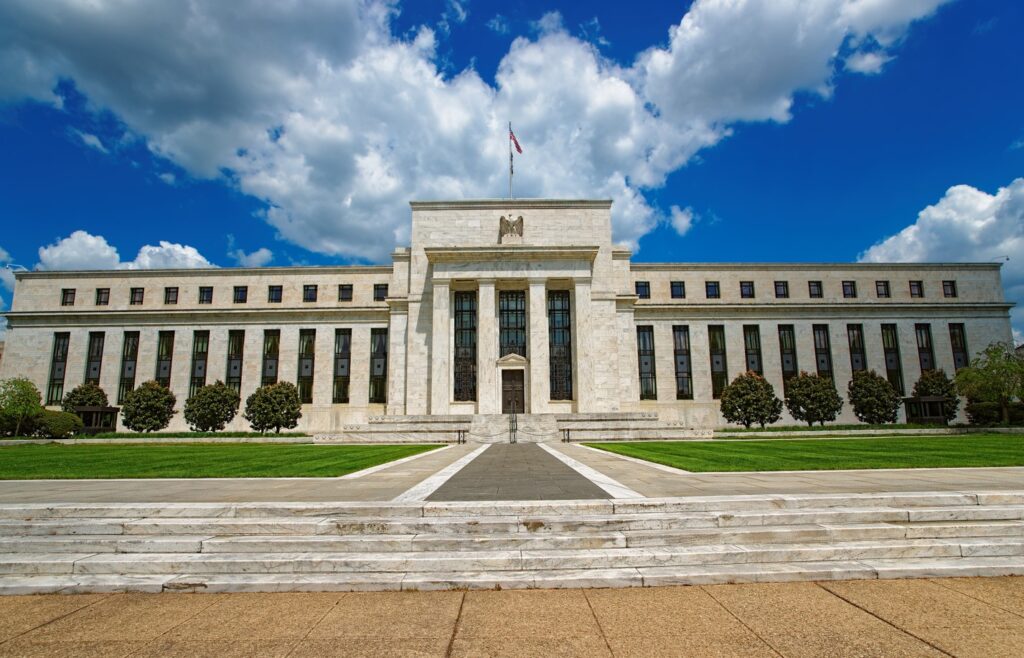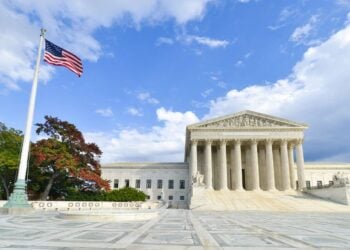All eyes are on the Federal Re-serve System (the Fed), its board of governors, and the Federal Open Market Committee as long-dormant inflation is rising at historic rates. A weakening economy, historically high inflation, and full employment combine for a challenging picture. Let’s look at the Fed because investors should understand its role in trying to maintain stability in the financial system.
THE STRUCTURE OF THE FEDERAL RESERVE SYSTEM
The Federal Reserve System was founded by Congress in 1913 to provide a safer, more fl exible, and more stable monetary and financial system. Over the years, its role has grown. The U.S. was divided geo-graphically into 12 districts, each with a separately incorporated Re-serve Bank. The districts give the Fed a broad view because economic conditions may diff er from district to district.
A Reserve Bank is often called a “banker’s bank.” As the bank for the U.S. government, Reserve Banks handle the Treasury’s payments, sell government securities, and manage Treasury assets.
The framers of the Federal Reserve Act purposely rejected the idea of a single central bank and instead set up a system with a central board, a decentralized operating structure, and a combination of public and private characteristics.
BOARD OF GOVERNORS
The Fed is comprised of seven governors appointed by the president and confirmed by the Senate. It operates independently of direct government control but is accountable to congressional oversight. The board exercises broad supervisory control over the financial services industry, administers certain consumer protection regulations, and oversees the nation’s payments system.
FEDERAL OPEN MARKET COMMITTEE (FOMC)
The board’s most important responsibility is participating in the FOMC which conducts the nation’s monetary policy. Simply put, the FOMC manages the nation’s money supply. It typically meets eight times a year and discusses the U.S. economy and its policy options. A lot of secrecy and speculation precedes each meeting because their decisions can move markets. Correctly anticipating their decisions could be profitable for investors.
DEPOSITORY INSTITUTIONS
Depository institutions, that is, your local bank which offers banking services and accounts to the public, are required by the Fed to meet reserve requirements—to keep certain amounts of cash on hand. If they have more cash than required, they may make loans to other banks to help them meet their reserve requirements. The FOMC sets a target for this Federal Funds Rate.
The Fed’s primary tools are set-ting the Fed Funds Rate and setting reserve requirements for the banks. The goals of the Fed’s monetary policy are to promote maximum employment, stable prices, and moderate long-term interest rates.
The Fed Funds Rate influences short-term interest rates throughout the economy via the Prime Rate. The Prime is the rate banks charge their best corporate clients and is slightly above the Fed Funds Rate. Consumer loans, such as credit card rates are at a premium over the Prime and rise and fall with the Prime.
EXPANSIONARY POLICY AND CONTRACTIONARY POLICY
If the economy is weakening, the Fed might use expansionary monetary policy to stimulate the economy by lowering its Fed Funds Rate. Th rough market interaction with the banks, this drives market interest rates lower making borrowing money more affordable. Lower interest rates make it easier for consumers and businesses to borrow money and increase spending and investment. Th is increase in spending and investment increases overall demand in the economy. Businesses tend to hire to meet demand.
If the economy is growing quickly and inflation is above the Fed’s targeted growth rate for a considerable time and rising, it may use contractionary policy and increase the Fed Funds Rate. Th is causes an overall decrease in demand for goods and ser-vices in the economy. The economy slows and inflation cools.










